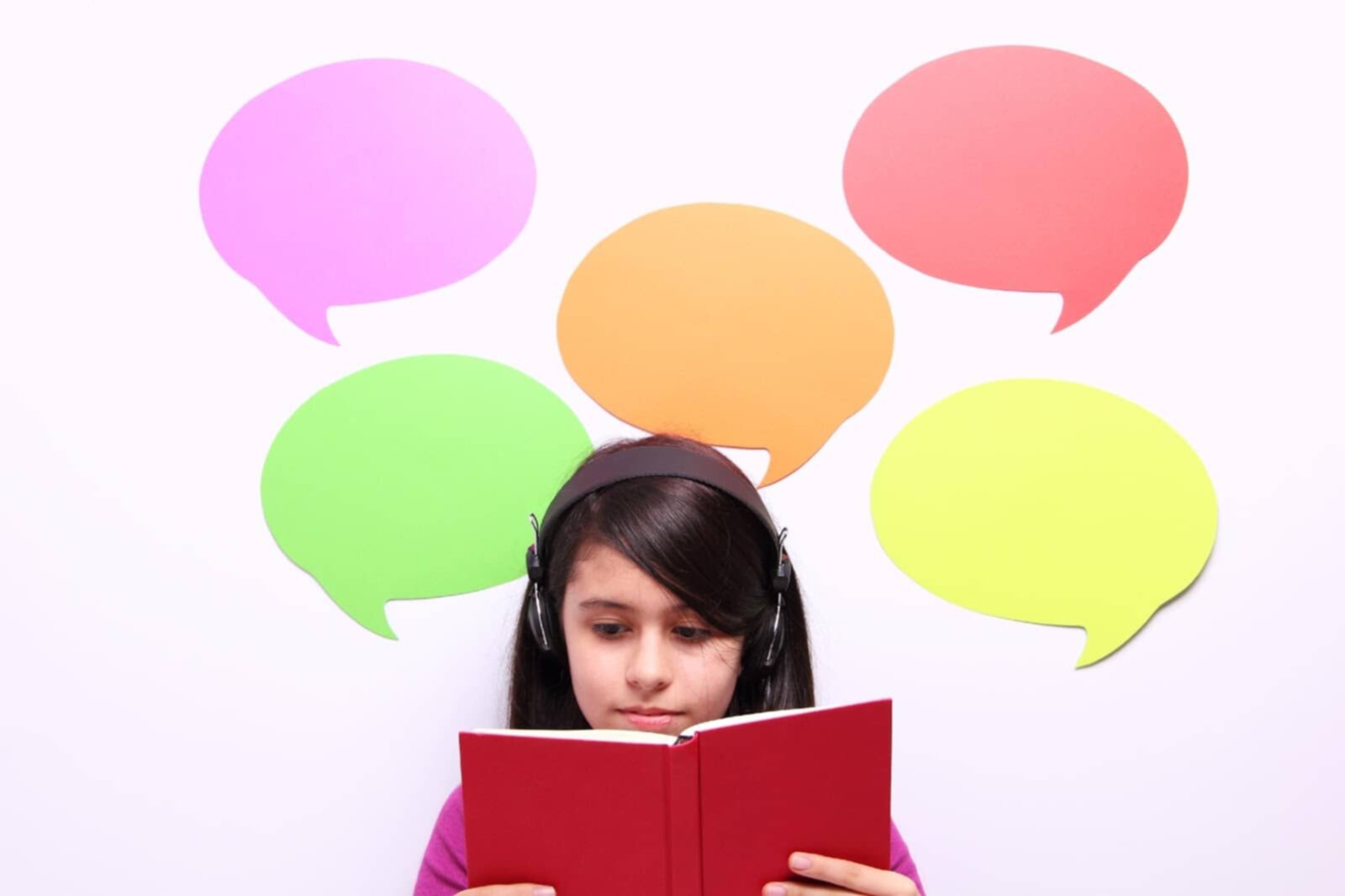
English as a second language (ESL) students come to the classroom with varying levels and complexity of struggles and knowledge. Some ESL students lack background knowledge, while others may have difficulties connecting their native language with the new language they are learning. Every ESL student is unique with varying levels or oral, listening, and text skills. Additionally, some students have health issues, learning disabilities, or other issues, which can serve as distractions from learning. Oftentimes, ESL students can pronounce words correctly, but struggle with decoding words and comprehension. We have 3 strategies for teaching struggling ESL readers, in your classroom.
Use Phonics and Sight Words
The first strategy for teaching struggling ESL readers involves using phonics and site words to improve their overall oral reading skills. It is important that teachers in ESL classrooms emphasize sound recognition, sound production, naming letters, decoding words, and sounding out words. These skills are best learned in group settings, especially when teachers group students by their ability and skill level. Teachers can use flashcards or posters with colorful illustrations with words written under, so that ESL students can learn sight words. Teachers should point to pictures, while sounding out the word. Doing this will help ESL students associate words and their corresponding images.
Cultivate Language Fluency with Reading
The second strategy for teaching struggling ESL readers involves using reading to cultivate language fluency. When teachers read texts aloud in the classroom, they’re promoting fluent reading practices. Once ESL students begin to read, the only way to reinforce what they know is by reading. The saying “practice makes perfect” really does ring true in this class. Reading aloud in group or pair settings helps ESL students improve fluency. Throughout the day, ESL teachers should give their students ample opportunities to practice reading to help maintain their literacy skills. Creating a literacy-rich environment should be the goal of all ESL teachers.
Promote Comprehension
The third strategy for teaching struggling ESL readers is promoting comprehension. Teachers should provide students with explicit instruction, so that they can effectively overcome any and all difficulties understanding texts. ESL students also need independent reading, so that they can practice comprehension strategies on their own. There are two types of comprehension strategies that ESL teachers can employ in the classroom: cognitive and metacognitive. Cognitive strategies are mental strategies or processes that help achieve something or to complete a task. Metacognitive strategies are mental strategies or processes that help students think and inquire how and why they are going to complete a task. These tasks are super important when learning a new language.
